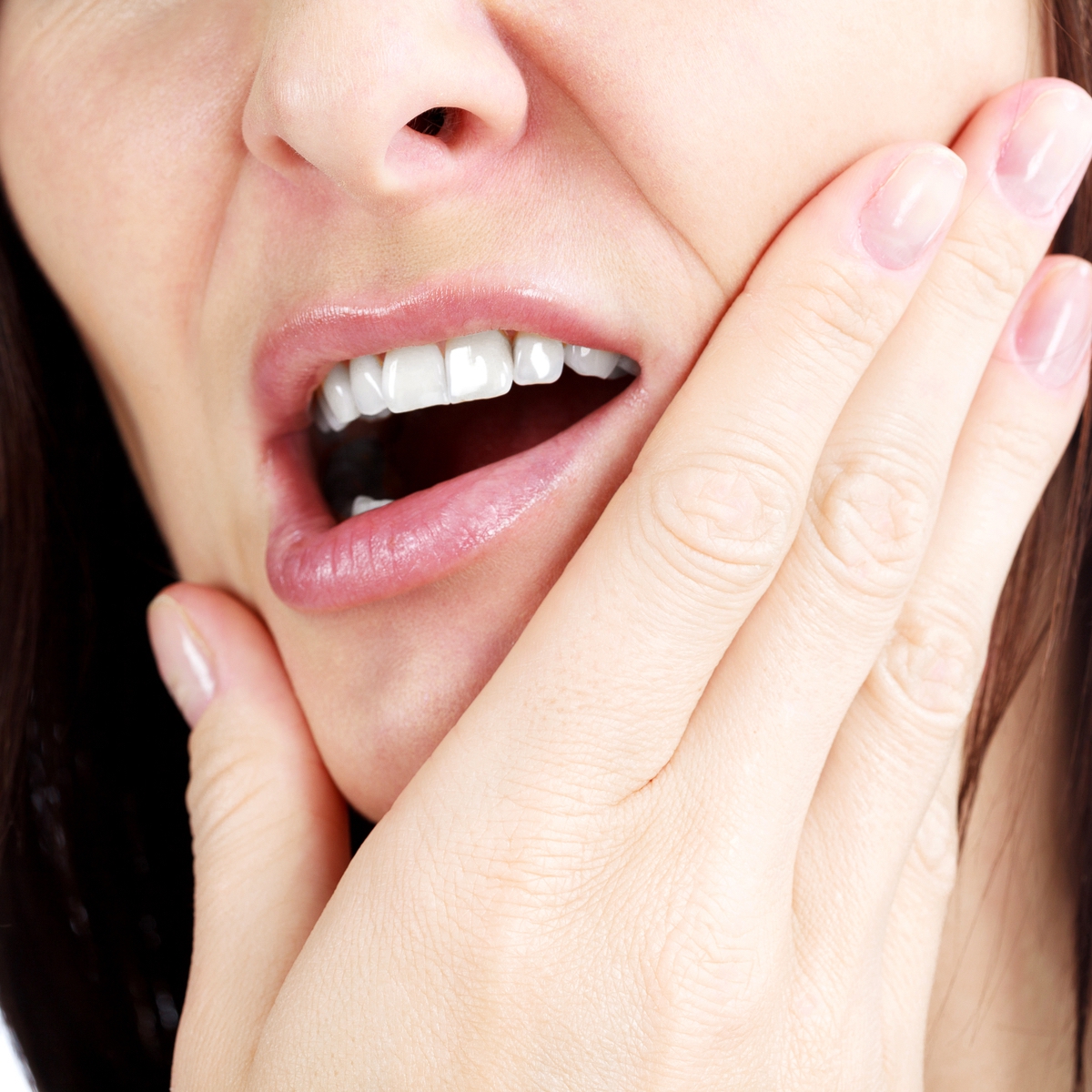Temporomandibular joint (TMJ) disorders are a common source of jaw and head pain. TMJ disorders are also associated with neck pain, chronic headaches, ear-related problems, and poor posture. People with TMJ pain often experience limitations in chewing, speaking, yawning, and sleeping. It is estimated that 15% to 50% of people suffer from at least some mild jaw-related pain. Braces and surgeries are available to treat severe cases. Also, certain exercises have been proven to be very effective for treating symptoms related to TMJ disorders.
Anatomy of the TMJ
The TMJ is the name of the jaw joint located on either side of your head, just in front of your ears. These joints connect your mandible (jawbone) to your temporal bone (skull). Your TMJ can rotate and move forward, backward, and side to side. It is considered one of the most complex joints in your body. The joint includes a disc that helps guide movement as your mouth opens and closes. The function of the jaw and surrounding muscles are highly dependent on the posture or the position of your neck and head. This joint in combination with your surrounding muscles, allows you to chew, swallow, speak and yawn.

Signs and Symptoms of TMJ Disorders
Symptoms of TMJ problems include pain around your ear and jaw. Pain may also be present around the muscles of your jaw, face, temples, and back of your head. Other symptoms include problems opening or closing your mouth, and a clicking, popping, crunching or grinding noise when you chew, yawn, or open your mouth. You may also experience neck pain and headaches as a result of a TMJ disorder.
Exercises to Help TMJ Disorders
World-renowned TMJ expert, Dr. Mariano Rocabado has popularized the 6×6 exercise program for people with TMJ problems. These exercises address the postural relationships between your head, neck, and jaw. The objective of the home exercise program is for you to learn a new resting position, promote muscle relaxation, improve coordination of your jaw movements, and restore normal jaw function. Your pain will subside once the exercises are mastered. Dr. Rocabado advocates 6 fundamental exercises for TMJ disorders. He recommends you complete each activity 6 times each session 6 times per day.
Resting Position of the Tongue
Sit upright with a tall posture. Place the front 1/3 of your tongue on the roof of your mouth with mild pressure. Your mouth is closed but your teeth are slightly apart. This rests the tongue and jaw muscles and promotes diaphragmatic breathing. From this position, take 6 breaths in and out through your nose. Focus on breathing slowly from your belly.
Controlled Opening
Start from the resting position of the tongue. This rests your tongue and jaw muscles and promotes diaphragmatic breathing. Slowly open and close your jaw with your tongue maintained on the roof of your mouth. This helps restore normal mechanics of the TMJ and improves coordination of your jaw muscles. Perform 6 repetitions 6 times per day.
Isometrics in Resting Position
Isometric exercises promote muscle relaxation and an improved resting position of the jaw. Assume the resting position and apply gentle resistance to your jaw with one hand. Perform 6 repetitions for 6 seconds each in the directions of opening, closing, and from side to side. Maintain the resting position throughout the exercise.
Chin Tuck
This exercise relaxes tension in the neck muscles and improves posture. Gently tuck your chin straight back while maintaining your eyes level with the horizon. Perform 6 repetitions holding each for 6 seconds.
Shoulder Blade Squeezes
Stand with your neck relaxed and jaw in the resting position. Perform shoulder blade squeezes. This involves pulling the shoulder blades down and back to facilitate an erect posture. Perform 6 repetitions holding each for 6 seconds.
Stabilized Head Flexion
Sit or stand with your neck relaxed and jaw in the resting position. Lace your fingers behind your neck for stabilization. Gently nod your head as if you are indicating “yes”. Feel the stretch in the back of your upper neck. Perform 6 repetitions holding each for 6 seconds.
Start Your Road to Recovery Today
TMJ problems are common. Symptoms range from annoyance to debilitating pain. Many people experience problems chewing, speaking, and yawning. Exercise can alleviate much of the distress. In order to achieve the best results, exercises should be performed frequently each day. Infrequent or random exercise will do little to improve your pain. Give these 6 exercises a shot for a few weeks and see how things are going.
If you want more help give us a call. Our physical therapists can help you find the right exercises for you and supplement these with massage and other manual therapy treatments. You don’t have to live with the pain forever.


